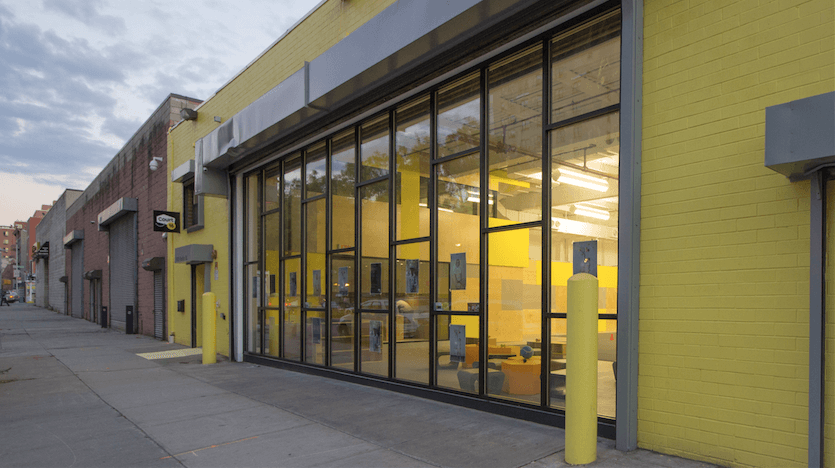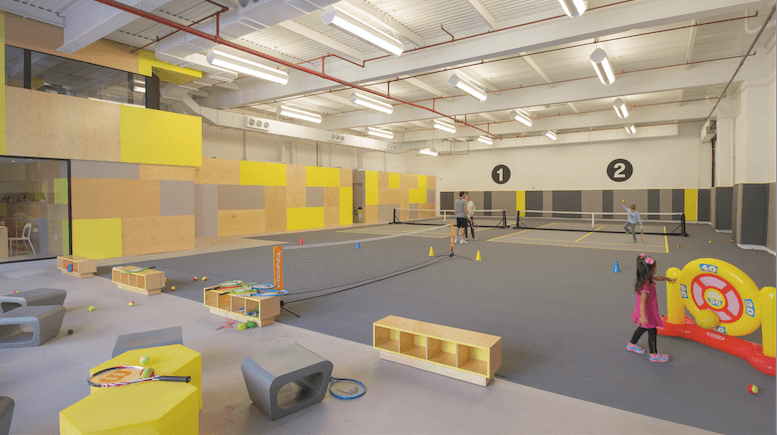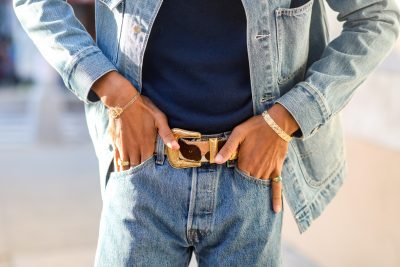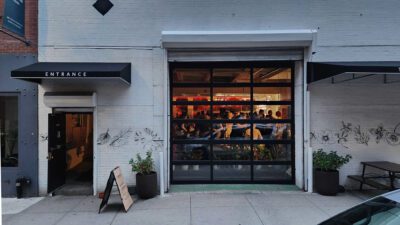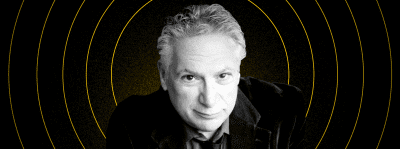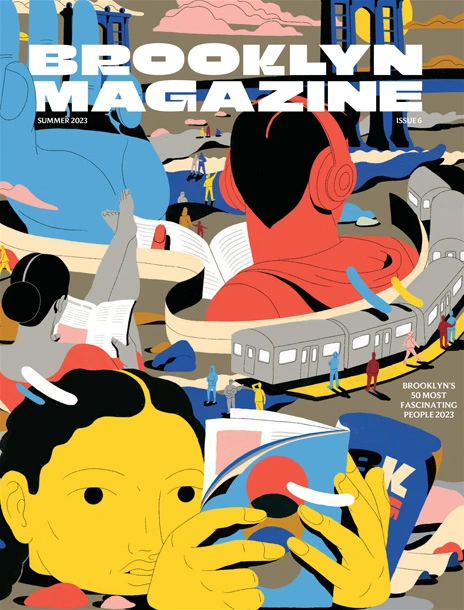Court 16, the First Tennis Club for Kids in the Country, Opens in Brooklyn
Have you ever considered how hard it is to play tennis? To watch an artist like Roger Federer or a totalizing force like Serena Williams play the sport is to witness, I think it’s fair to say, the limit of human athletic potential. Or at least something close to it. Zigging across a hard court, stopping on a dime (think of your knees), thwacking a plum-sized object flying past you at somewhere near 100 m.p.h. into a zone unoccupied by your opponent. When to charge the net? How deep to drive your forehand shot? Where will your opponent be three rallies from now, and can you hit the ball, with spin, where he is not?
Alone among the major sports, tennis inspires a kind of awe of athletic ability that feels entirely distant. The sport is a mental chess match, a ballet of footwork and precision, a marathon of endurance and effort. It is a beautiful game played by people pushing the absolute limits of the human body. Its movements and appeal exist more in the realm of pure physicality—of dance, of love—than in the theater of war.
For all these reasons, one doesn’t often imagine children playing tennis, but that’s exactly what happens at Court 16, a new tennis club created specifically for kids age 3-11. It’s the first of its kind in the United States.
Court 16 is located on a desolate block of abandoned warehouses and empty lots in Gowanus, a neighborhood that is becoming a locus of leisure sports (within a few blocks are Brooklyn Boulders, Royal Palms Shuffleboard Club, Brooklyn Fencing Center, Gotham Archery, and the South Brooklyn Weightlifting Club). Court 16 founder and CEO Anthony Evrard looked at 52 other locations before setting on this one.
You might rightly wonder where America’s children have been playing tennis all this time. The answer is: mostly on makeshift adult courts. Court 16 is the first facility of its kind in the U.S. only in the narrow sense that it is the only one with indoor courts custom-designed for children and sanctioned by the United States Tennis Association. The rackets are smaller, the tennis balls bigger and softer. Both courts (there are two more opening next door in 2015) are 36 feet end-to-end (half the size of adult courts) and have only one set of line markings, shorter nets, and PREMIER COURT® surfacing, an impact-absorbing surface that’s easier on the joints of children. Even the aesthetics are tailored to kids: warm maple wood walls, geometric panels in yellow and grey, a clean, well-lighted brightness that gives Court 16 the feel of a playpen. Bathroom fixtures and water fountains are staggered in height to serve the full spectrum of ages. Evrard worked with two architects to design the club.
“We want to make the sport joyful, accessible, from the moment you come into the space,” Evrard said. “It’s also much easier to teach the right fundamentals on a smaller court.”
Evrard knows what he’s talking about. A Brussels native, he started playing tennis at age 3 at a club in his hometown. The court was number 16. He was on the Belgian under-16 national team, and in the mid-90s came to the U.S. on an athletic scholarship to play tennis at Loyola Marymount. “That was the golden era of tennis in the U.S.,” he recalled. “Agassi, Sampras, Seles: the sport was extremely popular, and there was a lot of admiration for American tennis athletes.”
These days, a majority of top-quality tennis players come from Europe, and the USTA has started looking to the continent’s training methods. One result has been to implement age-specific programs and training from a young age, which is exactly what Evrard wants to do at Court 16. The facility offers four methodological programs tailored to age groups that closely follow the USTA’s suggested developmental track. In private and group lessons, kids will learn the fundamentals of the sport from a staff of coaches and trainers.
“The focus is on bringing people who’ve never played tennis before, who should be starting on small courts with soft tennis balls, so they can develop the right swing paths, have the right point of impact, develop the right footwork and positioning,” Evrard said.
The USTA provided Court 16 a small grant in order to help build the facilities, and official endorsement. “Their support was very important to us,” Evrard said. “We didn’t invent the format. In Europe, it’s not even a question anymore that you should start playing on a small format. What differentiates us is the aesthetic of the space.”
On a recent weekday, I stopped by Court 16 to meet with Evrard. The facility had opened only two days earlier, and on this afternoon, there weren’t yet any kids there—I’d arrived between classes. I asked Evrard who he imagined the ideal member to be. “The focus is not necessarily on creating performance athletes, but clearly there has to be an emphasis on building the right technique,” he said. “The space having a joyful, elegant, stimulating environment is one thing, but at the end of the day you need results. I think those two worlds can collide. There’s a way to deliver quality teaching in a fun environment.”
But the primary aim of the space, he added, is to foster a community around the sport, rather than create the next Serena Williams. To that end, parents are encouraged to come hit balls with their kids, and annual memberships, which cost $500, include court access for parents as well as their children. Members also receive discounts on classes, priority booking, and a limited-edition design polo, hoodie, and backpack set from Lacoste, a corporate sponsor.
“If you can create a platform in a community where children come in and they’re running in here, hugging their tennis coach, asking what we’re doing today—it’s extremely rewarding,” Evrard said. “They do feel this is a space that’s been designed for them, that goes well beyond the format of the courts alone.”
Find out more about Court 16’s programs at their website, here.
Follow Phillip Pantuso on Twitter @phillippantuso.
You might also like 









